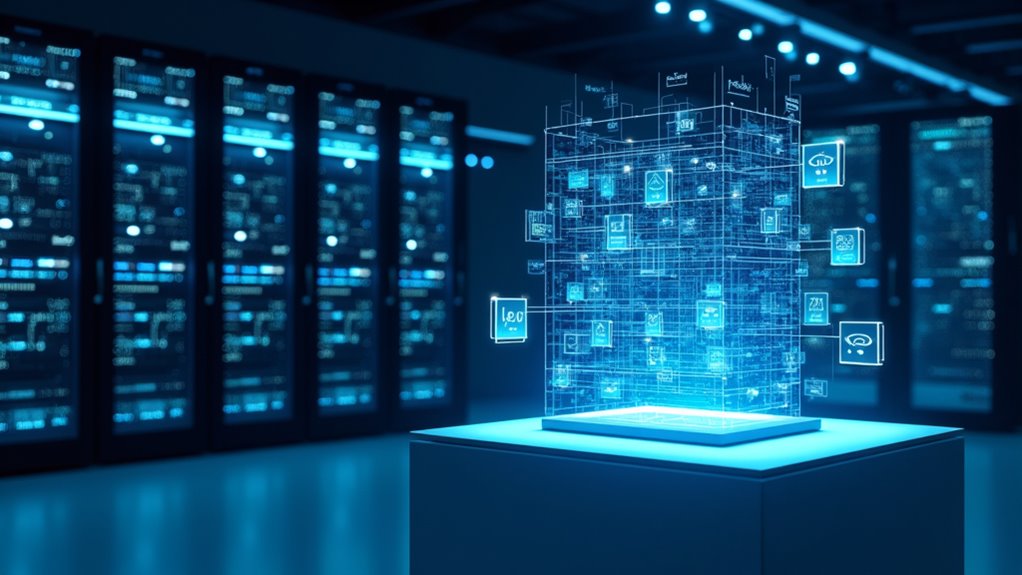AI now spits out nearly 30% of Microsoft’s code—yes, you read that right, a third, like it’s binge-watching GitHub Copilot episodes. This isn’t sci-fi; real developers (who still have jobs, relax) now wrangle code that’s 40% bot-born, while Microsoft’s CTO claims AI could write 95% of code within five years. Coders aren’t extinct, just evolving (think Pokémon). But hey, AI isn’t perfect—it still needs supervision, so don’t close Stack Overflow yet. Curious how this all plays out?
Crank up the hype machine—AI isn’t just painting your selfies or writing mediocre poetry anymore. At Microsoft, artificial intelligence is now cranking out up to 30% of the company’s code. That’s not a typo. This isn’t a sci-fi plot twist; it’s modern enterprise reality. And, surprise: Python gets the AI love, while gnarly veterans like C++ still keep the bots on their toes (or, you know, virtual circuits).
This AI coding surge isn’t just a Microsoft quirk. Tech companies everywhere are jumping on board, riding the wave of tools like GitHub Copilot—which, by the way, hit a million users faster than most of us can spell “autocomplete.” AI’s contribution to code at Microsoft is tracked with accept rates increasing to 30-40%, highlighting how quickly these tools are being embraced.
The AI code generation market? Already worth $30.9 billion, with projections soaring past $169 billion by 2032. Cue the dramatic stock music.
But is this good news? Well, mostly. AI isn’t just about speed—it’s about access. More people can build apps, even if they don’t have a computer science degree or a decade of debugging trauma. For every $1 companies throw at AI, they’re seeing $3.70 come back. Not bad for a digital employee that never takes a coffee break.
Still worried all this might turn developers into digital dinosaurs? Not so fast. The demand for coders is actually expected to grow 21% by 2028. Companies need humans to supervise, correct AI’s “creative” errors, and—let’s be real—deal with the mess when the AI gets a little too literal.
Looking ahead, Microsoft CTO Kevin Scott predicts AI will write 95% of code within five years. Imagine just describing your app idea and letting AI do the rest. [AI transformation initiatives target four main business outcomes, showing that companies are thinking strategically about how to leverage these tools for maximum impact.]
Of course, integrating all this with legacy systems (hello, 1990s codebase!), keeping data private, and avoiding biased algorithms? Still a work in progress.
Bottom line: AI is shaking up software development. It’s faster, cheaper, and sometimes even smarter. But it still needs a babysitter—at least until the next season of Real Coders of Silicon Valley drops.








